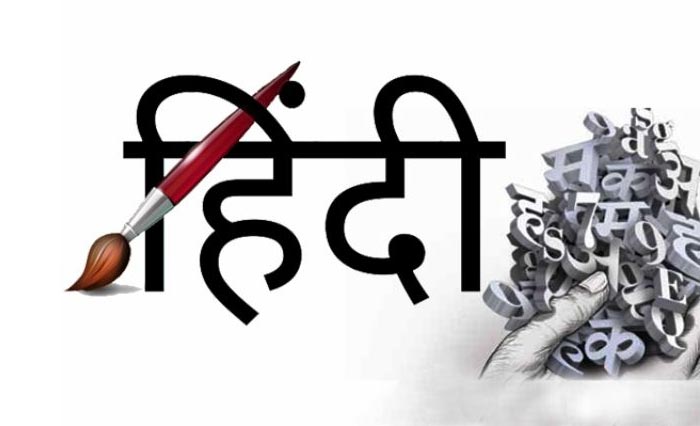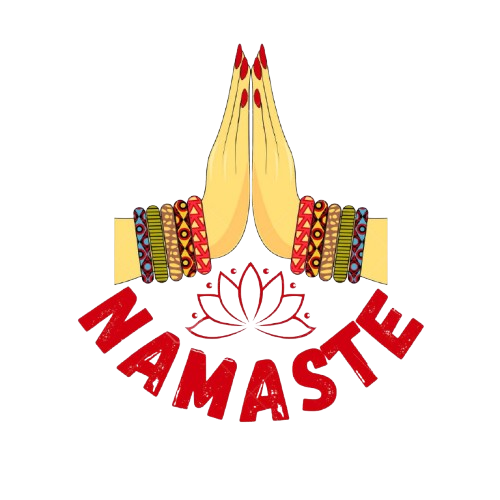"Beyond Bollywood: The Fascinating World of Hindi"
Introduction
Namaste!
We’re going to explore the fascinating realm of Hindi language today, which is one of the languages most people speak worldwide. Prepare yourself for an exploration of culture, history, and the fundamentals of Indian communication.
Hindi language, often called the heartbeat of India, is more than just a language – it’s a cultural phenomenon. With over 500 million speakers worldwide, Hindi ranks as the third most spoken language globally, right after Mandarin and English. But where did this linguistic powerhouse come from? Let’s turn back the clock. Hindi’s roots stretch deep into history, evolving from the ancient language of Sanskrit. Around 1000 CE, a dialect called Apabhramsa gave birth to what we now know as Hindi. The Persian language first began to blend with the regional Apabhramsha dialects during the Delhi Sultanate, giving rise to the languages that would eventually become Urdu and Hindi. Urdu and Hindi can keep influencing one another, gradually eroding their differences.

Now, here’s a fascinating fact: Hindi isn’t just one language. It’s part of a language continuum called Hindi-Urdu or Hindustani. While Hindi is written in the Devanagari script and is more Sanskrit-influenced, Urdu uses the Persian script and leans more towards Persian and Arabic vocabulary. Despite these differences, spoken Hindi and Urdu are often mutually intelligible!
The Structure of Hindi
Let’s talk about Hindi’s structure. It follows a Subject-Object-Verb order, which might seem a bit backward to English speakers. This flexibility in word order allows for poetic expression, making Hindi a favorite for literature and music. Speaking of which, did you know that the Indian film industry, Bollywood, plays a huge role
in popularizing Hindi worldwide?
From catchy songs to dramatic dialogues, Bollywood has made Hindi phrases like “Kitne
aadmi the?” (How many men were there?) part of global pop culture. Now, let’s address a common misconception. While Hindi is often considered India’s national language, it’s actually one of the country’s 22 official languages. However, it does serve as the lingua franca across much of North and Central India.
Here are some quick Hindi facts to impress your friends:
Hindi uses a phonetic writing system, meaning words are pronounced exactly as they’re written.
It has 11 vowels and 35 consonants in its alphabet.
Hindi borrows words from many languages, including “button” from English, which becomes “batan” in Hindi.
The longest word in Hindi is लौहपथगामिनीसूचकदर्शकहरितताम्रलौहपट्टिका (lauhpathagāminīsūchakdarshkaharitatāmralauhpaṭṭikā), which consists of 24 consonants and 10 vowel diacritics, making up a total of 34 characters. The word literally means “a green railway warning signboard made of copper-iron”.

Conclusion
As we wrap up, remember that learning Hindi opens doors to understanding India’s rich culture, from its spiritual traditions to its booming economy. Whether you’re planning a trip to the Taj Mahal, want to sing along to Bollywood hits, or aim to connect with millions of Hindi speakers worldwide, this language offers a world of opportunities. So, why not start your Hindi journey today? Begin with a simple “Namaste” and who knows where it might lead you!

